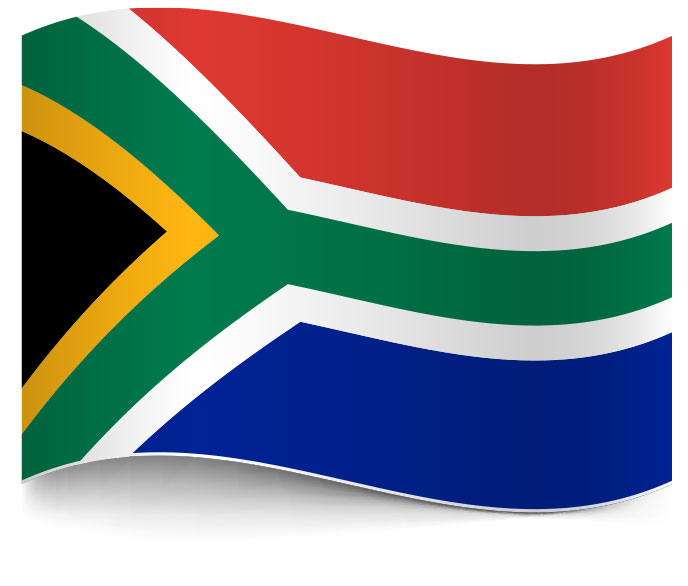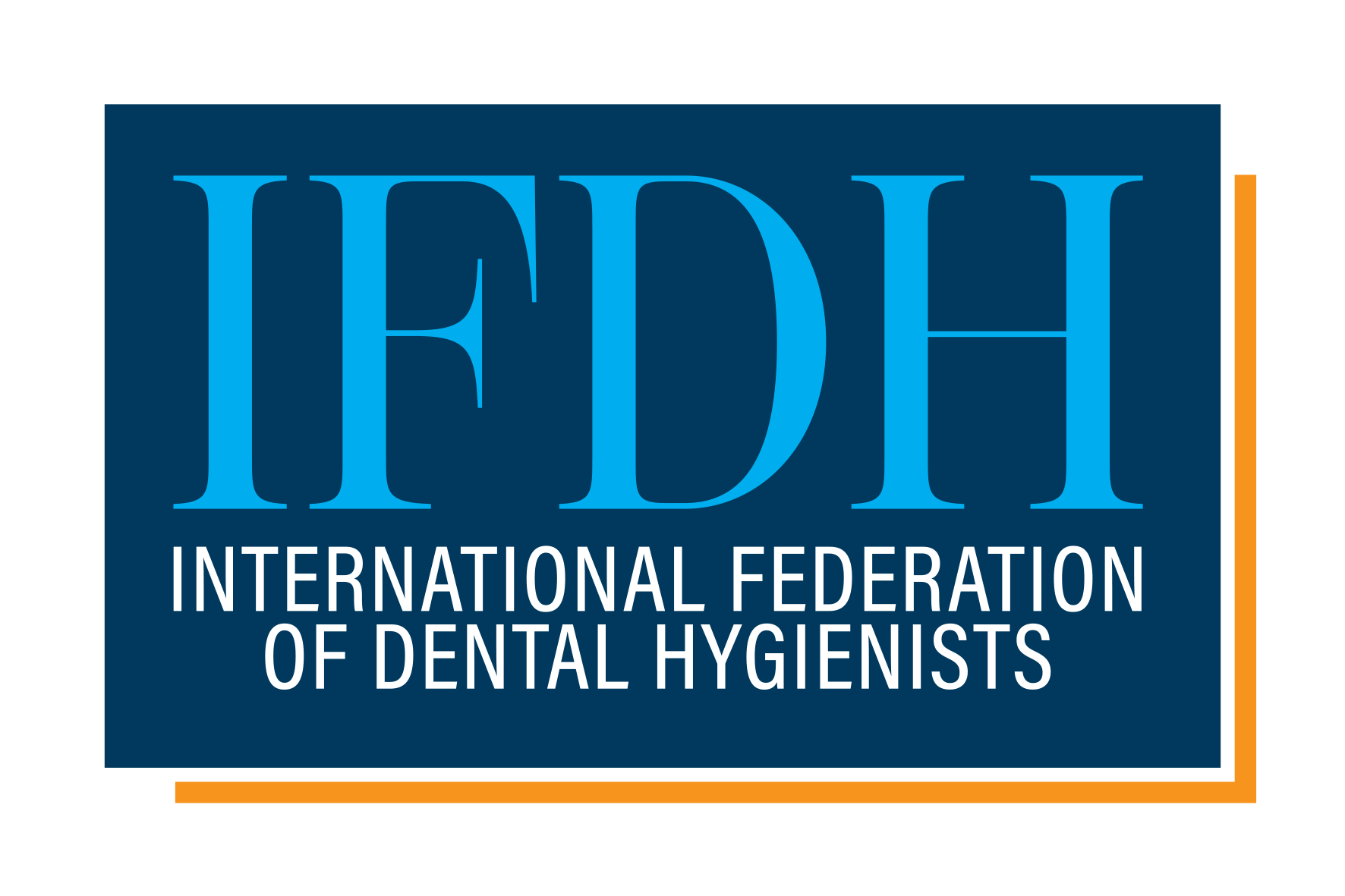South Africa
Information to work in this country is available from
Oral Hygienists Association of South Africa OHASA
Elaine Johnson
ohasaifdh@gmail.com
mobile +27 72 158 3146
Anri Bernardo
ohasapresident@gmail.com
mobile +27 84 583 5891

Regulations Defining the Scope of the Profession of Oral Hygiene in this Country
In these regulations the “Act” means the Health Professions Act, 1974 (Act 56 of 1974), and any expression to which a meaning has been assigned in the Act shall bear that meaning, and unless the context otherwise dictates:
“board” means the Professional Board for Dental Therapy and Oral Hygiene established in terms of section 15 (1) of the Act ;
“oral hygiene” means the profession of a person registered as a oral hygienist in terms of the Act;
“oral hygienist” means a person registered as such in terms of the Act;
“independent practice” means practicing independently and autonomously as in private practice and/or in the employ of a third party where the oral hygienist functions as an independent health care practitioner within the scope of the profession of the oral hygienist;
Scope of the profession of oral hygiene
The following acts are hereby specified as acts which shall, for the purposes of the application of the Act, be deemed to be acts pertaining to the profession of oral hygiene:
- Develop, implement and evaluate oral health promotion programmes;
- Patient care:
- Assessment:
- assess a patient by means of an interview and an oral clinical examination, which includes patient histories, oral hygiene practices, dietary and tobacco use, vital signs, extra-oral and intra-oral examination;
- perform analogue and digital radiography and take clinical photographs;
- take impressions, cast, trim and polish study casts;
- refer to appropriate dental practitioner any conditions or presenting features outside the scope of practice of the oral hygienist;
- Diagnosis and treatment plan:
- make a differential diagnosis
- make a dental hygiene diagnosis and develop an appropriate treatment plan within the scope of the profession of the oral hygienist;
- consult with dental therapists, dentists and dental specialists as appropriate;
- Education and preventive care:
- advise and educate patients about oral self care practices, including mechanical and chemotherapeutic plaque control, nutritional counseling and tobacco cessation;
- advise patients about the dietary supplements, such as vitamins, fluoride tablets, mouth rinses and other anti-microbial agents;
- apply topical agents such as caries-preventive agents, remineralising agents, tooth-desensitising agents, topical anaesthetics and plaque-controlling agents;
- apply pit and fissure sealants;
- perform scaling of teeth, scaling of implants and polishing of teeth;
- make study casts to produce protective vacuum formed mouth guards;
- Therapeutic care:
- apply minimally invasive procedures such as atraumatic restorative techniques (ART);
- apply minimally invasive procedures such as sealant restorations;
- treat dentine hypersensitivity and cervical abrasion lesions with glass ionomer cement or appropriate materials;
- polish and recontour overhanging restorations;
- perform root debridement;
- apply local anaesthesia;
- Cosmetic care:
apply vital tooth bleaching (whitening) techniques and procedures;
- Assessment:
- assist dental therapists, dentists, dental specialists in the performance of basic and advanced clinical procedures;
- manage a medical emergency within the scope of the profession of oral hygiene;
- perform the following supportive clinical procedures as prescribed by dentists and dental specialists:
- Periodontics:
- take cytological smears;
- apply and remove periodontal packs;
- remove surgical sutures;
- Conservative Dentistry and Prosthodontics:
- place temporary restorations as an emergency measure;
- perform temporary cementing of inlays, crowns and bridges;
- place soft linings in dentures as tissue conditioners;
- place and remove rubber dam and matrix bands;
- Orthodontics:
- perform cephalometric tracings;
- relieve trauma caused by intra-and extra–oral appliances, such as the cutting of distal ends of arch wires;
- take impressions, cast and trim study and primary work models;
- place pre-activated orthodontic appliances, remove orthodontic attachments and bands (place and remove elastics and ligature wires, place and activate arch wires);
- re-cement orthodontic retainers.
- Periodontics:
Official licensing body in the country
Health Professions Council of South Africa
PO Box 205, Pretoria 0001
Tel: +27 12 3389300 • Fax: +27 12 3285120 • Email: registrar@hpcsa.co.za
www.hpcsa.co.za
Contact for Work Permit and/or Visa
The South African Embassy/Consulate in the country of residence.
Main local and/or official language(s)
English and Afrikaans.
Are hygienists qualified overseas required to sit the country's national examination?
This depends on Health Professional Council of South Africa (HPCSA) – The Board for Oral Hygiene and Dental Therapy’s decision.
Links to related web sites
- Health Professions Council of South Africa
- South African Dental Association
- WHO Oral Health: Country/Area Profile Programme
Information based on data received by IFDH in:
2014
NOTE: The information provided above is for general guidance only. The International Federation of Dental Hygienists advises all hygienists to contact the country’s relevant licensing bodies and agencies for current information and regulations.





